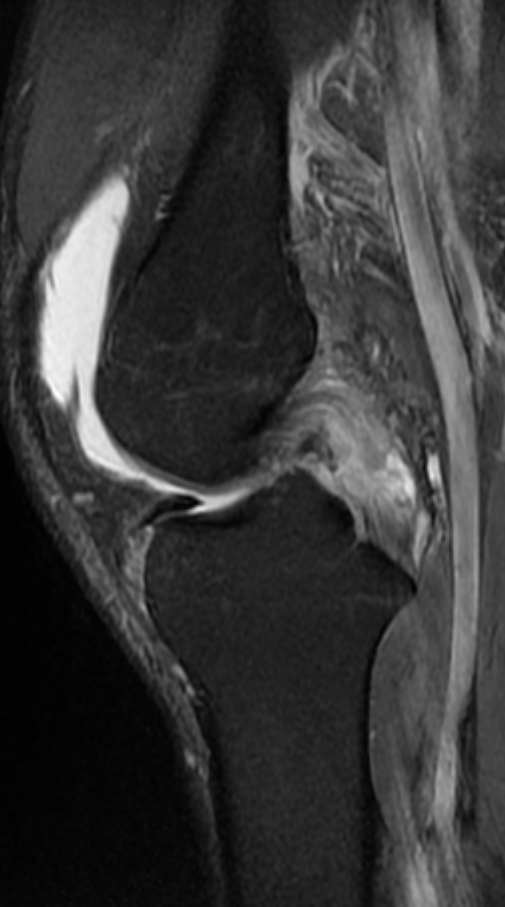PCL TEARS
The force required to disrupt the PCL is larger than the ACL, consequently
PCL tears are most often in combination with other ligamentous and meniscal injuries.
Combined injuries varies between 80 and 95% of PCL injuries
PCL tears comprise 1% to 44% of all acute knee injuries.
Approximately one third with knee hemarthroses have an associated PCL injury.
Injuries occur more frequently in contact sports and those involving high-contact forces.
Not all PCL tears are symptomatic.
The mechanism of PCL injury in the athlete is most commonly a fall on the flexed knee with a plantar flexed foot and hyper flexion of the knee.
Dashboard injuries account for another high proportion of PCL injuries
The flexed knee is impacted and the tibia forced posteriorly.
When PCL injury is combined with a varus or rotational component, the lateral or posterolateral structures may also be injured.
Hyperextension injuries also occur
These are associated with a higher incidence of avulsion injuries.
Untreated lesions may predispose to early onset osteoarthritis and extensor mechanism failure.
Signs of a complete PCL tear include non visualisation of the ligament with or without an haemorrhagic or oedematous mass.
Discreet tears are identified more commonly than with ACL rupture. This is thought to be due to the tighter synovial sheath within which the ligament is invested.
Tears are most commonly intrasubstance.
The criteria for partial tear is less well defined.
The presence of abnormal signal intensity within the substance of the PCL or a combination of intact and disrupted strands as signs of a partial tear.
PCL injuries are isolated in about a quarter of cases with associated meniscal tears, medial slightly more than lateral, and ligamentous injuries in 40%, most commonly ACL in a quarter and MCL in a fifth. Posterolateral corner injuries are present in approximately half of PCL injuries, but two thirds of these will be minor with oedema around the capsule only
The PCl has two bundles : anterolateral and posteromedial. The anterolateral bundle is the larger, involving 70% of the total. It is tight in flexion
The two bundles are more easily differentiated that the ACL bundles
Failed visualisation of one of the bundles denotes a partial tear
